Mitosis
This lesson covers:
- The importance of mitosis in living organisms
- The stages of mitosis
- The process of cytokinesis
- How uncontrolled cell division can lead to cancer
Mitosis and cytokinesis Once cells have completed interphase, they are ready to undergo mitosis and cytokinesis. 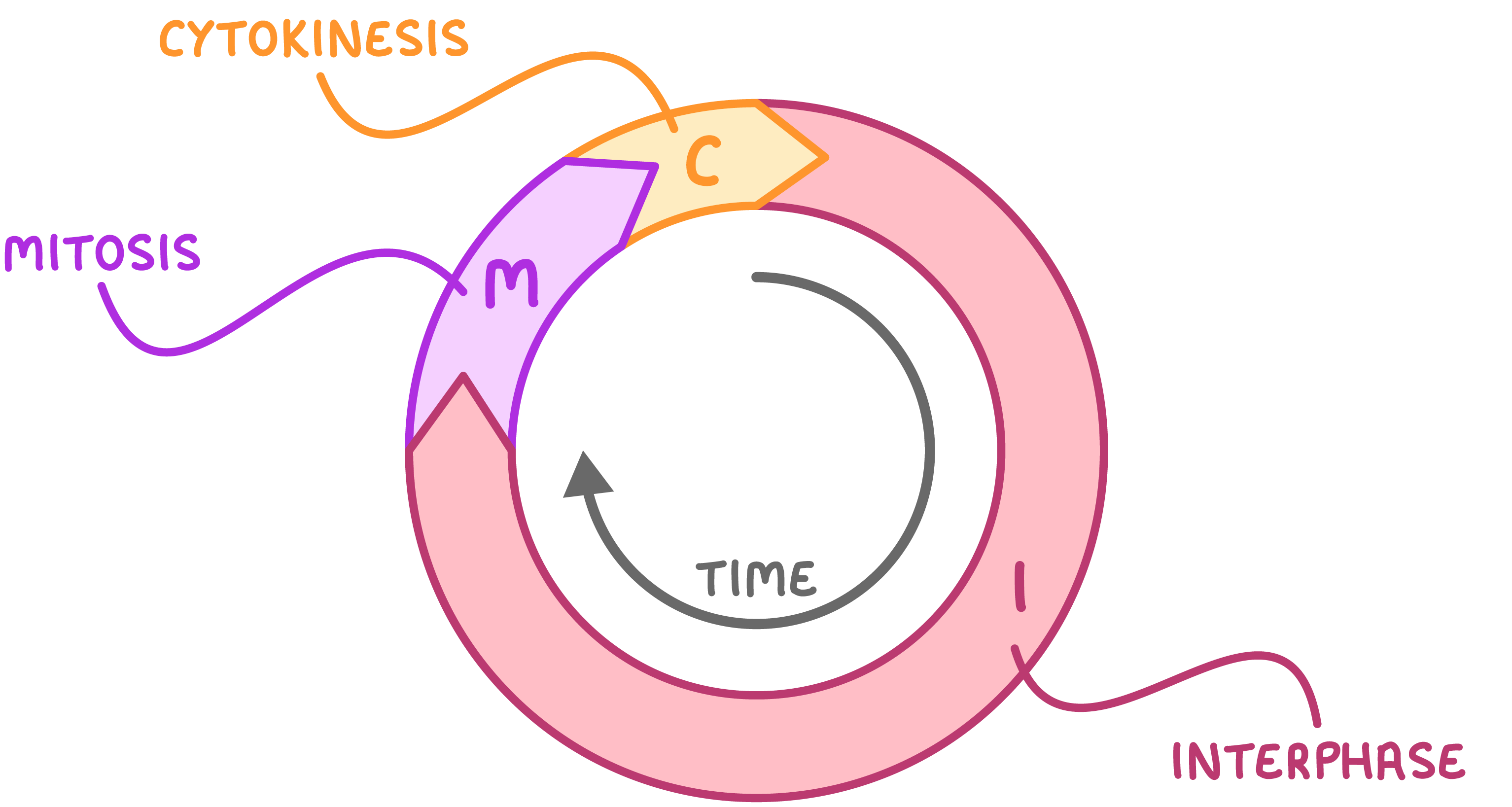 |
Both of these phases involve divisions:
|
Importance of mitosis Mitosis is a type of cell division in which a parent cell divides to produce two genetically identical daughter cells. Each of these daughter cell contains the same DNA as the original parent cell. Mitosis is used by multicellular organisms for many processes, including:
|
Stages of mitosis Mitosis is one continuous process, but is often described as a series of four stages.  |
Remember that cells have already replicated their DNA during interphase and each chromosome is made up of identical sister chromatids. |
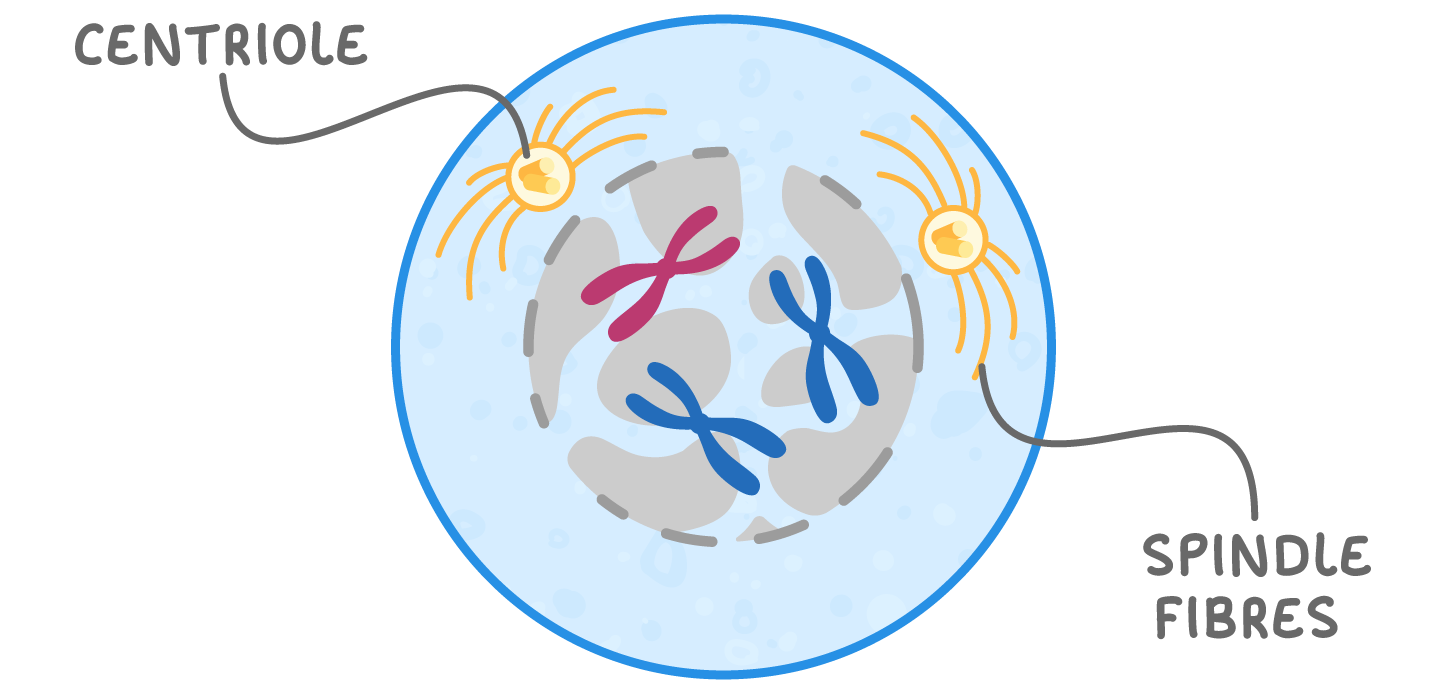 Prophase The chromosomes condense (become shorter and thicker) and are now visible under a microscope. Centrioles (bundles of protein) migrate to opposite poles (sides) of the cell. Each centriole starts forming spindle fibres. The nucleolus disappears and the nuclear envelope starts to break down, leaving the chromosomes free in the cytoplasm.
|
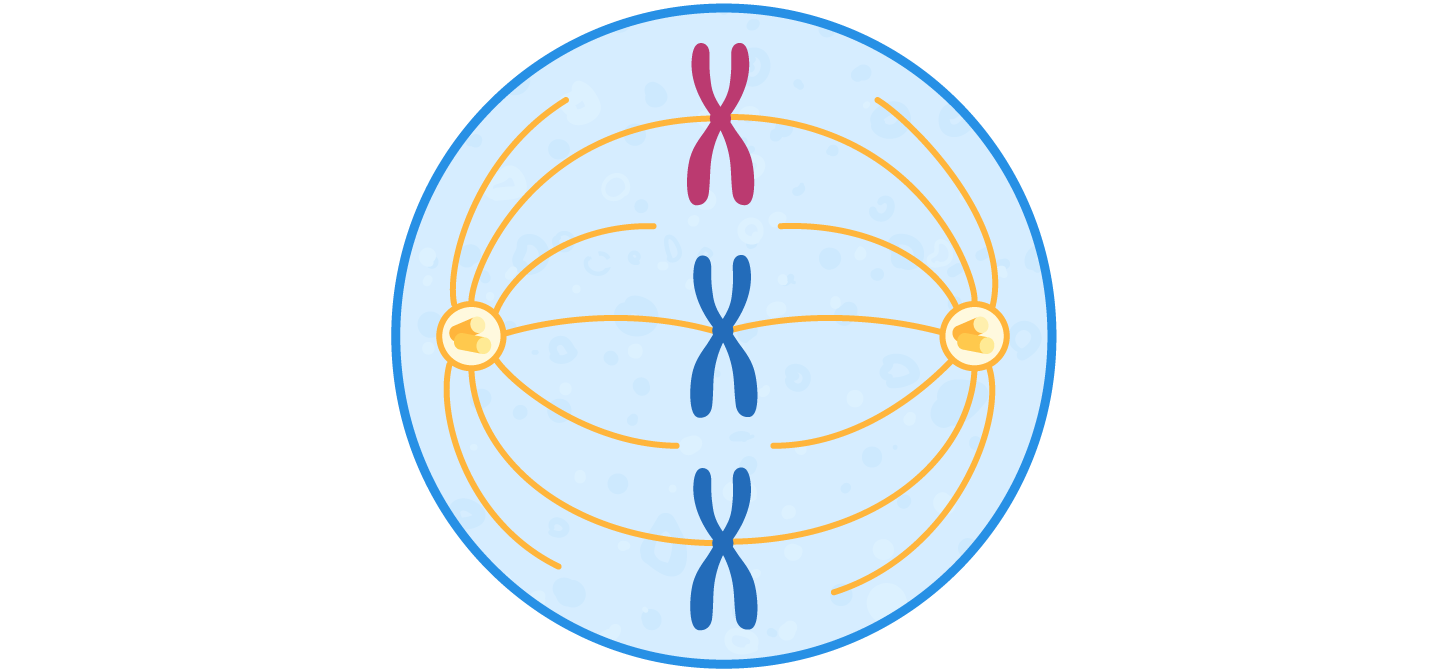 Metaphase The chromosomes line up at the equator (middle) of the cell. Each chromosome attaches to the spindle by their centromere. |
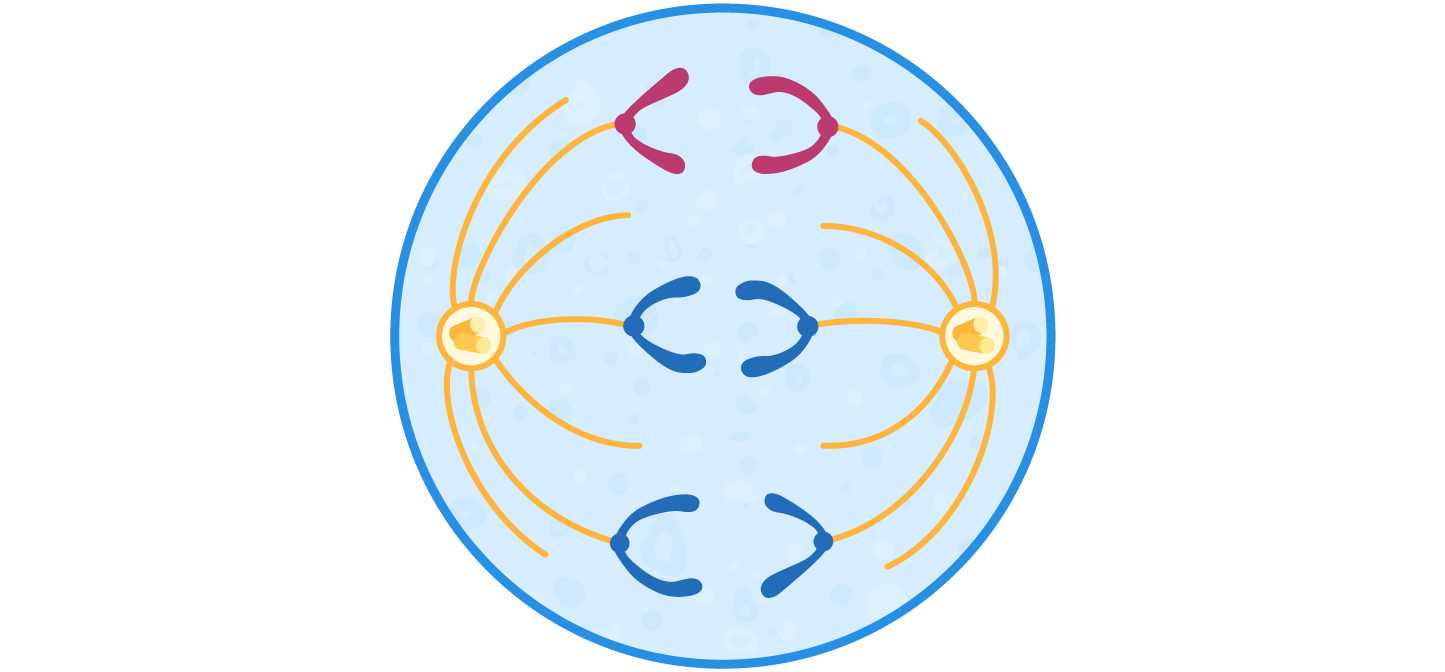 Anaphase The centromeres divide to separate each pair of sister chromatids. The spindle fibres contract and shorten to pull the chromatids to opposite poles of the cell. Each chromatid is pulled by its centromere, causing them to take on a 'V' shape when viewed under a microscope. |
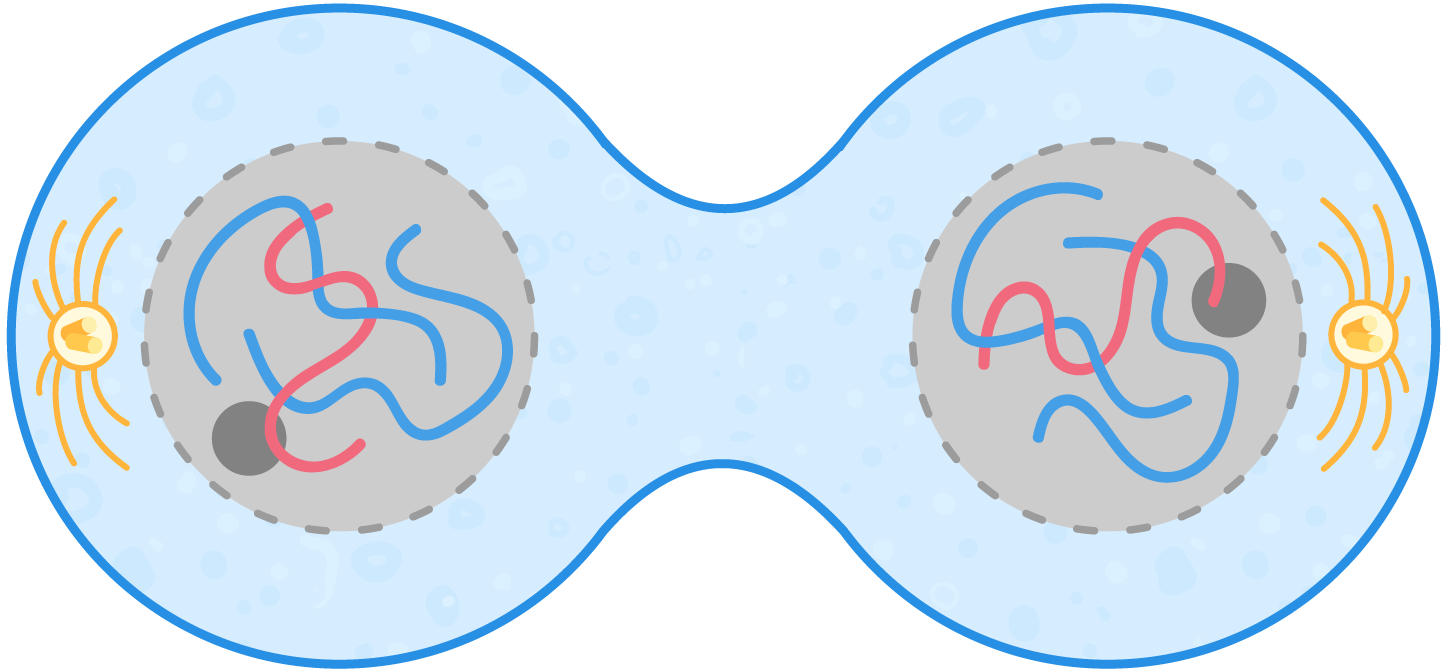 Telophase The chromatids reach the opposite poles of the cell where they uncoil to become long and thin chromosomes again. A nuclear envelope forms around each set of chromosomes to form two nuclei and the nucleolus starts to reform. |
Cytokinesis After the steps of mitosis, the cytoplasm divides in a process known as cytokinesis. This produces two daughter cells that are genetically identical to one another. 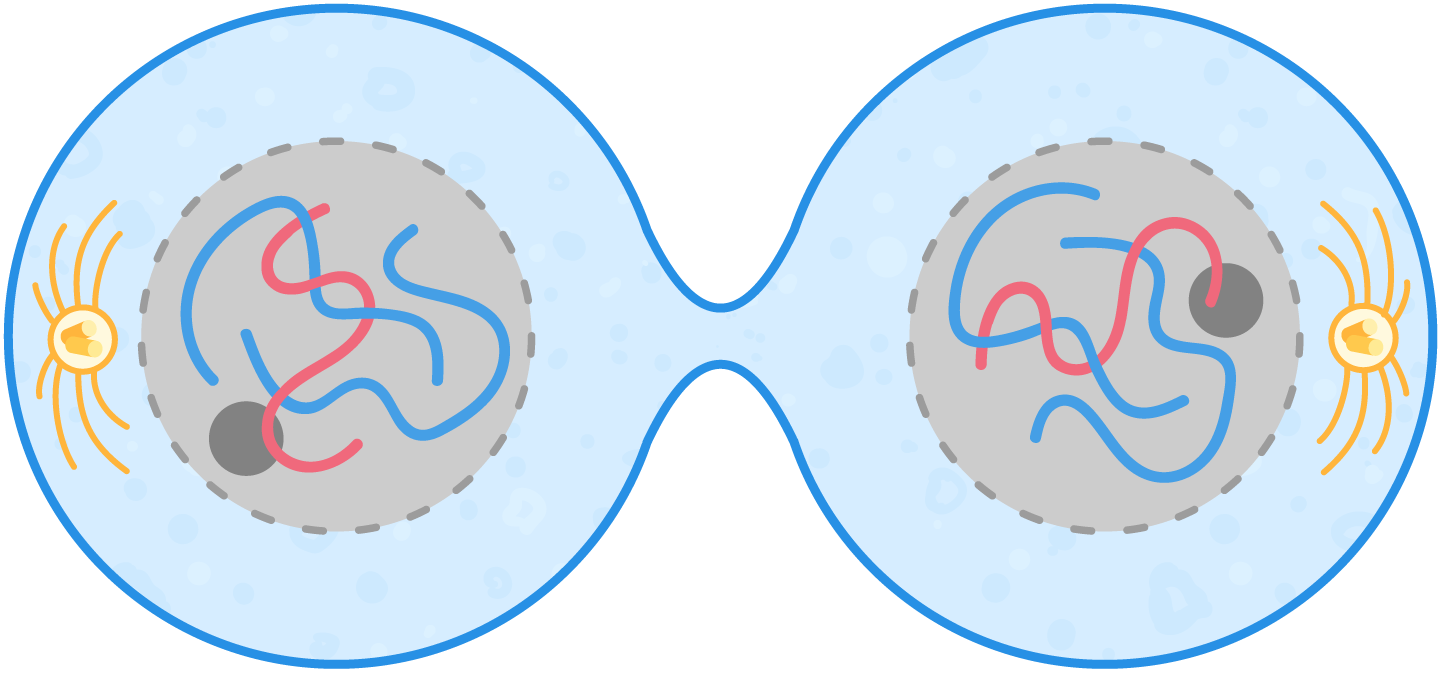 |
Cell division and cancer The cell cycle and the process of mitosis are controlled by a number of genes. Mutations in these genes can lead to uncontrolled cell division and growth, resulting in a group of abnormal cells known as a tumour. Tumours become cancerous when they start to invade neighbouring tissues. Some treatments for cancer disrupt cell division by targeting specific stages of the cell cycle. This prevents the cells from dividing and stops the growth of cancerous cells. Targets for these drugs include:
The only issue is that these drugs also disrupt the cell cycle of healthy cells. However, tumour cells divide at a faster rate than healthy cells so are more likely to be damaged by these drugs. |